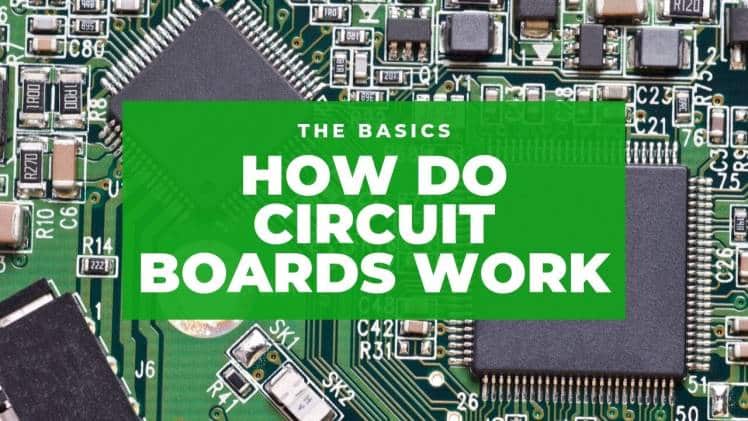Understanding Data Storage Mechanisms: How Do Circuit Boards Store Data Work?

Electronic parts like capacitors and transistors are used in circuits to store memory. Data is saved in binary code in a computer’s memory circuit, where each bit of information is represented by the charge stored in a capacitor or the state of a transistor. One interesting property of circuit boards is their ability to store data. We will explore “how do circuit boards work” in this post.
Basic Structure of Circuit Boards
To comprehend how circuit boards retain data, one must grasp their basic construction. A PCB is often made up of layers of insulating material, such fiberglass, with conductive channels carved into their surface. These pathways, which are frequently constructed of copper, make up the circuitry that connects different components.
Components Responsible for Data Storage:
Semiconductors are the primary part used in circuit boards for data storage. But chips are the most important and necessary part which is also known as integrated circuits. Integrated circuits (ICs), which are the cognitive resources of electronic devices and allow them to store and process data, are made up of semiconductors and resistors.
Binary Code and Data Representation:
TIn all computer systems data is stored in binary digits. In this way, every bit in a binary digit can only have one value, either it is 1 or 0. It means this binary code cannot have any other value. Computers’ central processing unit (CPU) and random access memory (RAM) both are storing numbers in 0 or 1, which is also known as binary numbers.
Memory Modules:
Specialized memory modules are frequently included on circuit boards in order to store data. RAM and ROM are two common types. Read Only Memory acts as a temporary store for data that the system is currently using. But on the other side, ROM holds important data that is unaffected by power failures.
Data Storage Techniques:
Circuit boards store data effectively using a variety of methods. Most of the people using flash memory for storing data, it is the common method. Therefore, transistors retain data by absorbing electrical charges and are utilized in flash memory.
Data Access and Retrieval:
The speed at which information may be retrieved and accessed determines how well circuit boards store data. This is when cache memory and bus speed become important. A component’s bus speed controls how quickly data may be transmitted between it, whereas cache memory offers fast access to frequently used data.
Future Trends in Circuit Board Technology:
As technology develops, circuit boards always change. Emerging technologies like 3D stacking and better materials offer bigger data storage capacities and faster processing speeds by pushing the boundaries of what circuit boards can do.
Conclusion:
Recognizing the complex interactions between memory modules, transistors, and binary code is necessary to comprehend “how do circuit boards work” and retain data. Circuit boards play an increasingly important function in data storage as technology continues to improve. Circuit boards continue to be the foundation of electronic devices, from the most basic parts to the most innovative advancements, affecting how we store and use data in the age of technology.




